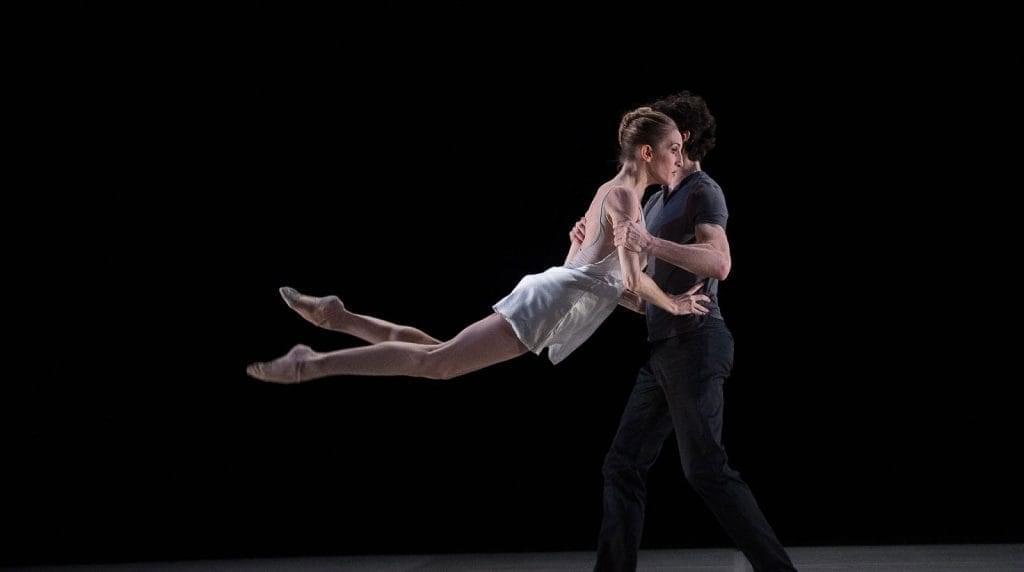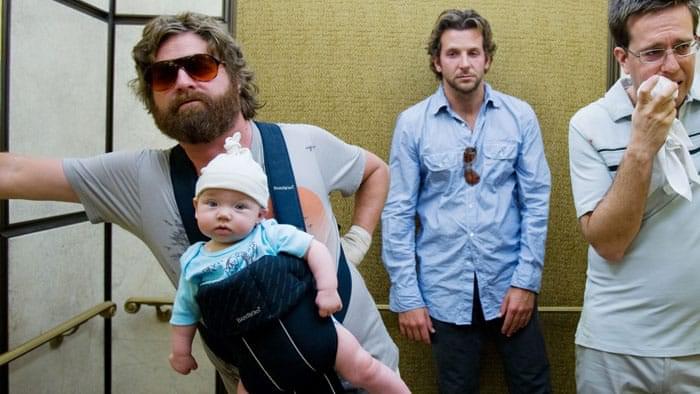
While mainstream-inclined 20-somethings went to dance clubs, fist-pumping to the latest hits but there to catch a buzz and hopefully get some, New Jersey outsiders would seek out a hole-in-the-wall run by someone with enough balls to deliver cutting edge new wave, punk, hard-core. This is the story of Asbury Park’s The Stone Pony (best known as a blues venue but later housing the outsiders, and still operating), the Fast Lane (known for hosting Bon Jovi but also the infamous GG Allin, a club since razed), and Trenton’s famed City Gardens, perhaps the dingiest of the three but all the more notorious. When I saw my first club show there, City Gardens had a dark otherworldliness to it, like some Lynchian realm caught between the everyday slums and a bizarre nightmare.
In short, City Gardens is a topic more than worth documenting on film, and director Steve Tozzi (previously a designer of the unique animation in the Fishbone doc, “Everyday Sunshine”) does a serviceable job recounting the tale in “Riot on the Dance Floor,” which will have a free park screening Thursday, June 26, 2014, in Clark Park, Philadelphia as part of The Awesome Fest. Tozzi recounts the tale via the story of DJ turned Gardens promoter, Randy Now, whose perseverance (while carrying mail by day) in the face of loss and frustration helped to build a legacy. With plentiful info from Randy today, Tozzi gathers an impressive cast of talking heads to discuss the club and Randy, including Ian McKaye (Minor Threat and Fugazi), Henry Rollins, the crab-faced frontman of the Cro-Mags, and the voice of Jon Stewart, who bartended at the club during some of the most famous shows. Recalling the B******e Surfers famous “fire” concert, in which Gibby Haynes doused a cymbal with lighter fluid before lighting it and clashing flames to the ceiling, Stewart, in a Daily Show bit, asked Haynes about the draw of Gardens: “It was a place to play between New York and Philadelphia,” he replies. His comment reflects the lure of the club – from nothing in the middle of nowhere something wonderful happened.
I caught up with Tozzi to learn of his experience making the film.
It’s was a treat to see your film, since my first club show was at City Gardens. What connection do you have to the club, and ones like it?
I grew up about an hour away from both City Gardens in Trenton and NYC, so I would go to shows there if I could catch a ride over to the other side of the state…a lot of times it was just easier to hop on a bus to NY. But at times City Gardens was doing show packages that clubs like CBGBs or the Ritz just weren’t doing. So I would have to find my way there.
City Gardens really defies description. When I tell people about it, in spite of all the details I include – the duct-taped stage, the thick motes of dust in the spot light, the bizarre disco ball, a leftover from the club’s previous life – I still feel like I can’t capture the feeling. Was this part of what drew you to make the film?
Yes, absolutely. The place made no sense to me. It was filthy inside and had an air of neglect; the outside was pretty much nondescript except for a hand painted tag of the City Gardens logo by the door. If you didn’t know what the place was, you would drive right by it and not give it a second glance. These aspects made the place for me and many others very unique and personal. It was like an Elk’s Lodge for punk rock.
Is the Stone Pony, a club on the other side of the state – and probably more famous than City Gardens – important as a reference point? I know it’s not mentioned in the film.
The Stone Pony to me was famous for other reasons, not really for doing it on its own. That’s Bruce’s place and will always be famous for that. I think the Pony is a great club now more than before at least for me, since they have more diversity in the shows now. Back when I was growing up that was more of a rock and blues club, for bands like Southside Johnny and the Asbury Jukes and Bruce to hop on stage and do a set, which in itself is very cool. Clubs like City Gardens, The Dirt Club & The Showplace up in Dover didn’t really have a big name attached to them. Plus, they were putting on shows with bands that were getting little to no radio play. The chips were stacked against them week after week.
How was Randy “Now” Ellis as an interview subject? Seeing him in another context, you’d never know he was the godfather of a punk/hard core/new wave club.
Randy is a great interview – a very funny guy and, yes, he doesn’t look like a rocker per se, but he’s a punk and new waver through and through. The ones that are the true founders of this music look like nothing special, which I always liked! They are very understated in how they dress and hold themselves, at least off stage. But no flash or crazy clothes – it’s all the music and the show.
Can you discuss your choice for the opening scene, with Randy discussing a unique record device?
To me that scene illustrates how at a very young age Randy loved the idea of the “putting on a show.” That animated cartoon that playing from red raven record was a little show itself and pulls you in. It encapsulates what he is all about, a man who likes to put on a show for you and to entertain, and that’s why I think he played that for me.
Were you concerned that his fate would make the film tragic?
No, because he is still working and doing what he loves, but it didn’t work out for him, which is the down point in the film.
But in reality it is a success story, just not if you measure it by wealth for Randy. He didn’t walk away a millionaire, but he made history happen and that’s what people will remember and will praise him for.
Which bands were most revealing in interviews, or perhaps more surprising during your talks with them?
Mickey Ween was and still is very close with Randy. Plus, he grew up in the area so he had a perspective that was very revealing about how the club worked and what it was like to be a band that played there a lot. One of my favorite interviews was with Johnny Pompodour, who was in a band called Dash Weaver. He basically described in great detail the club from its inception to its closing; the man knew everything about its history. He was unexpected and very quickly became an important feature in mapping out the club’s story
You’ve opted for an extensive running time. What were your concerns when constructing such an extensive film?
I didn’t have any concerns. It’s a longer film, but for good reason. It’s a big story that I feel keeps you entertained throughout. I reacted to the length when it was done as most audiences would, I feel – if you are swept up in it, time shouldn’t matter. But if you are looking at your watch, I haven’t done my job.
I’d say it’s pretty ballsy to include a segment on the history of Trenton. Can you comment?
Family businesses help grow that city to what it was, and the city basically ruined itself which in a lot of ways was the story of City Gardens and why it closed. The city was once a place for people with big ideas, who were willing to take risks to make those ideas happen, much like Randy and the club. For me, getting an understanding about what the backdrop was for the club was important for the viewer to experience. Luckily, the city now has a new wave of business owners and event promoters that are bringing life back to Trenton. It’s wonderful to see new energy in the city.
When Henry Rollins gives his final thoughts near the end, did you know that would help close your film right away?
I interviewed him last out of 93 people and put that at the end only when I realized how wistful he was about the club and what it meant to him. It really was the perfect way to turn the lights off on the story and close the doors.

